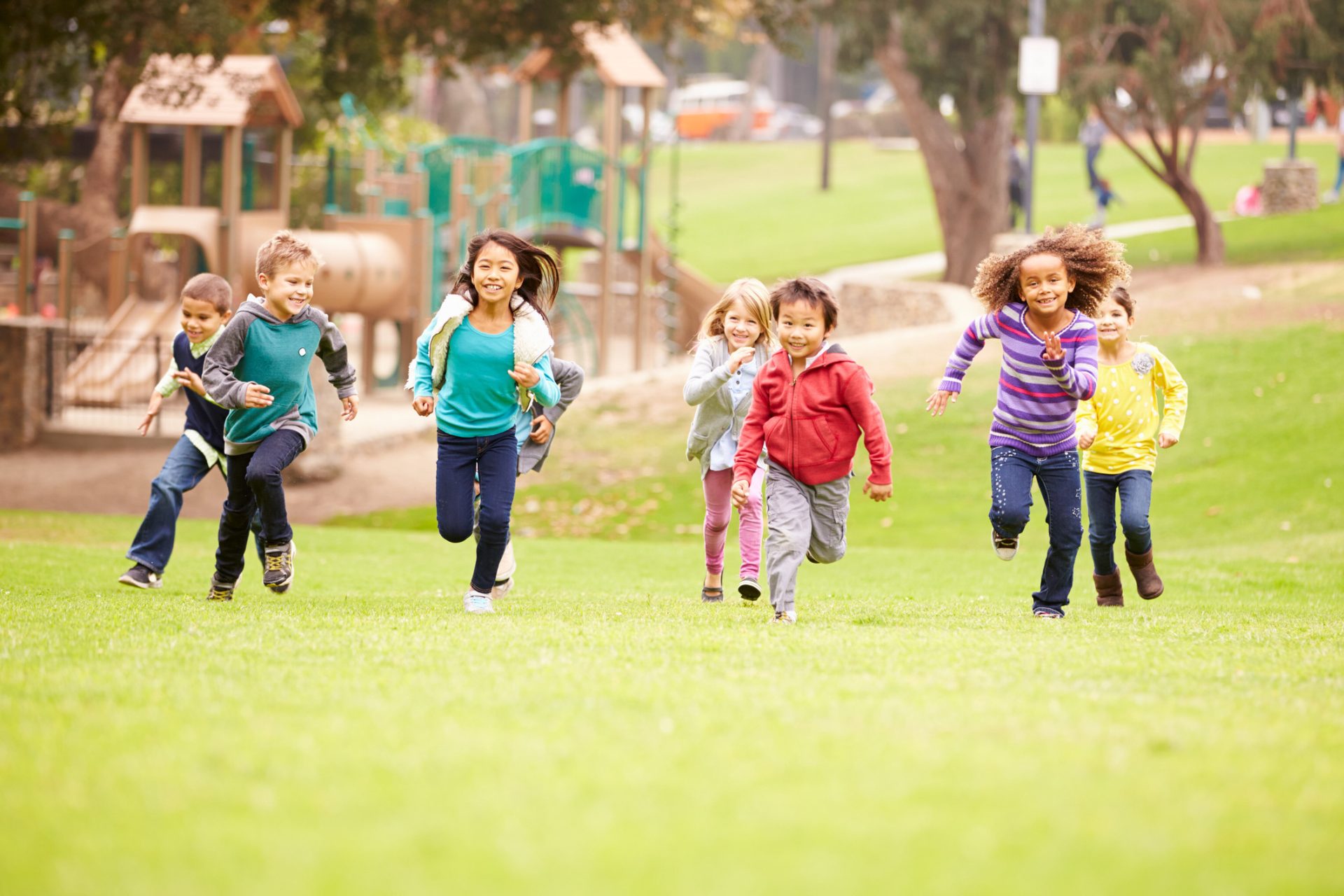Myopia, or near-sightedness, is increasingly common among children worldwide, particularly in South and East Asia. High myopia can progress and lead to serious vision problems in adulthood. Fortunately, recent research highlights effective strategies to prevent or slow down myopia progression. One of the most significant findings is the protective effect of outdoor play on children’s eyesight.
Understanding Myopia and Its Impact
Myopia occurs when the eyeball elongates excessively, causing light to focus in front of the retina rather than directly on it. This eye elongation can worsen over time, increasing the risk of related complications such as retinal detachment, glaucoma, and cataracts. Alarmingly, the prevalence of myopia has surged in recent decades:
- In the United States, myopia rates have jumped from 25% in the 1970s to 42% today (GEH).
- In some East Asian countries, up to 90% of young adults are now myopic (GEH).
The Role of Outdoor Play in Myopia Prevention
Research consistently shows that spending more time outdoors can significantly reduce the risk of developing myopia. This finding has led experts like paediatric ophthalmologists and optometrists to advocate for increasing outdoor activities for children. The exact mechanism of action is not well understood yet but some studies suggest that outdoor light exposure stimulates the release of dopamine in the eye, which may slow the elongation of the eyeball.
Key Research Findings
Australian Study: Ian Morgan and colleagues at the Australian National University conducted a study involving over 4,000 children aged 6 and 12 in Sydney. They found that those who spent more time outdoors were less likely to develop myopia. This protective effect was independent of other factors like near work (e.g. reading, screen time).
Taiwan Initiative: Dr. Pei-Chang Wu implemented increased outdoor recess at a primary school in Taiwan. His efforts led to a significant reduction in new myopia cases. The program was later expanded nationwide, resulting in a decrease in myopia rates among elementary students from 50% to 45.1% between 2011 and 2015.
Actionable Steps for Parents
To help prevent myopia in children, parents can take several proactive measures. These steps, supported by research, emphasise outdoor activities and good visual habits:
- Encourage Outdoor Play: Aim for at least two hours of outdoor play every day. Activities like playing sports, riding bikes, walking the dog, or simply exploring nature are beneficial.
- Good Screen Habits: Reduce the amount of time children spend on screens in general + implement the 20-20-20 rule: every 20 minutes, take a 20-second break to look at something 20 feet (6 metres) away.
- Good Reading Habits: Ensure proper lighting during reading and encourage children to hold books at a reasonable distance from their eyes.
- Regular Eye Exams: Schedule regular eye check-ups for early detection and management of myopia. A good time to get a full eye test at an optometrist 3 and 5, before starting school.
If myopia is detected, it is important to understand and utilise myopia control treatments early. While outdoor activities are still important, various treatments can help manage myopia progression in children who are already affected. These include:
- Special Contact Lenses: A range of soft disposable contact lenses and orthokeratology (ortho-K) lenses worn overnight can reshape the cornea and control myopia progression.
- Special Glasses: Lenses designed to reduce peripheral defocus can also help manage myopia. These lenses are specifically designed for myopia control in children and change how light is focused on the retina, potentially slowing eyeball elongation..
- Atropine Eye Drops: Low-dose atropine eye drops have been shown to slow myopia progression effectively without significant side effects.
The Importance of Starting Early
Intervening early is critical for effective myopia management. The younger the child when these preventive measures are implemented, the better the outcomes. This early intervention can significantly reduce the risk of high myopia and its associated complications later in life.
Practical Tips for Integrating Outdoor Time
Here are some practical ways to ensure your child gets enough outdoor time:
- Incorporate Outdoor Time into Daily Routine: Make outdoor play a part of your child’s daily schedule, much like meals and homework.
- Outdoor Homework Sessions: If feasible, encourage children to do their homework outside to combine learning with beneficial light exposure and peripheral environment.
- Weekend Outdoor Activities: Plan family outings to parks, nature reserves, or beaches on weekends.
- Sports and Recreational Activities: Enrol your child in sports or other outdoor extracurricular activities.
Conclusion
Even though myopia rates are increasing, we have never been better placed to try and combat it. Parents can now take proactive steps to protect their children’s eyesight. Encouraging outdoor play, limiting screen time, and ensuring regular eye exams can make a significant difference. By fostering good visual habits and utilising effective myopia management treatments when necessary, parents can help reduce the risk of serious vision problems in their children’s future.
For more personalised information on myopia prevention and management, you can book an appointment with our experienced Optometrist and discuss further.




